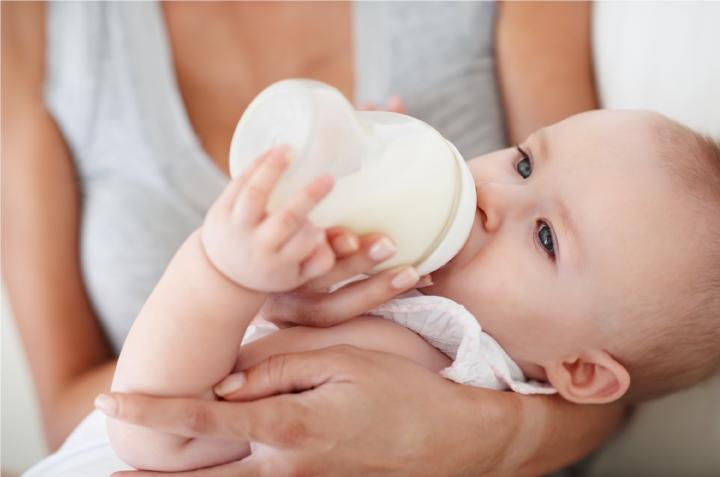Cleaning tips
for baby bottles and breastfeeding accessories

Did you know that sterilising is recommended by professionals during baby’s first year because their immune system is still developing and babies are more likely to catch infections.
- 93% of mums sterilise their baby feeding utensils and 30% still do after baby's first year.
- 78% of mums sterilise in order to protect baby from germs.*
- The most sterilised items are bottles and teats, followed by soothers, teething rings and breast pump parts.
For sterilisation to work effectively, it is very important to clean all baby accessories thoroughly first. An item which is not cleaned properly will not be properly sterilised.
Most of us already know this, but cleaning a baby bottle or breastpump part is not always easy and takes time. Milk can be difficult to get rid off and often creates a white greasy film which is not easy to remove.
Milk in a warm and humid environment is a perfect ground for bacteria to grow. This is why it is so important to clean baby bottles effectively.
To make parents’ life easier, we have developed a new Washing up liquid SENSITIVE, which has been especially developed to clean baby feeding utensils and is clinically proven to remove milk residue and the white film.
Many parents are concerned to use any washing up liquid to wash their baby’s bottles because the majority of washing up liquids can leave a strong smell on bottles and accessories. This is why Milton Washing up Liquid is fragrance-free and coloring-free to ensure a very safe cleaning.
With a newborn baby, parents soon find out that they are constantly washing bottles and accessories, which in the end can irritate the skin. The Milton Washing up liquid is dermatologically tested and has been developed for sensitive skin.
How to perfectly clean your baby bottles :
1. Unscrew the bottle fully. Get rid of any remaining milk.
2. Rinse all bottle parts under the tap using cold water : body of the bottle, screw ring, cap and teat.
3. Immerge all the parts in hot soapy water.
4. Use a bottle brush to clean the inside of the bottle. Use a sponge to clean the outside and don’t forget the screwing area at the top of the bottle.
5. Use the teat brush to clean the teat inside and out. Use a sponge to clean the ring carefully. Don’t forget the bottle cap.
6. Rinse everything carefully with hot water.
7. Leave to drain
Now you are ready to sterilise all your items using your favourite sterilising method !
*Milton IDM Consumer Research 2015
